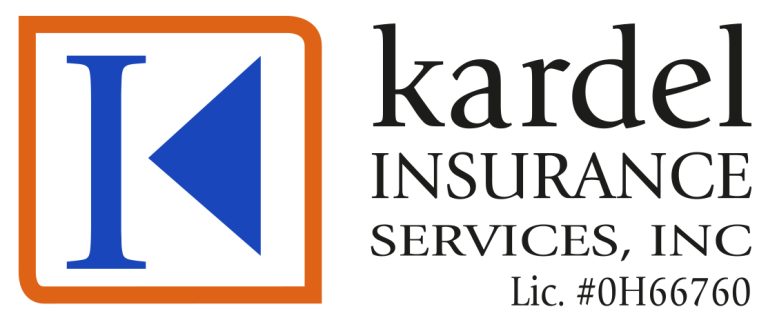
The New Kardel Insurance Services Website is Coming Soon!
Feel free to reach out to us in the meantime.
Santa Barbara Office
5276 Hollister Ave Suite 306
Santa Barbara, CA 93111
Phone: 805-964-9022
Fax: 805-295-6575

Pismo Beach Office
575 Price Street, Suite 313
Pismo Beach, CA 93449
Phone: 805-295-6565
Fax: 805-295-6575